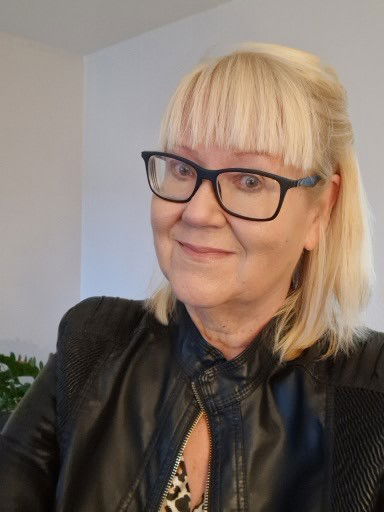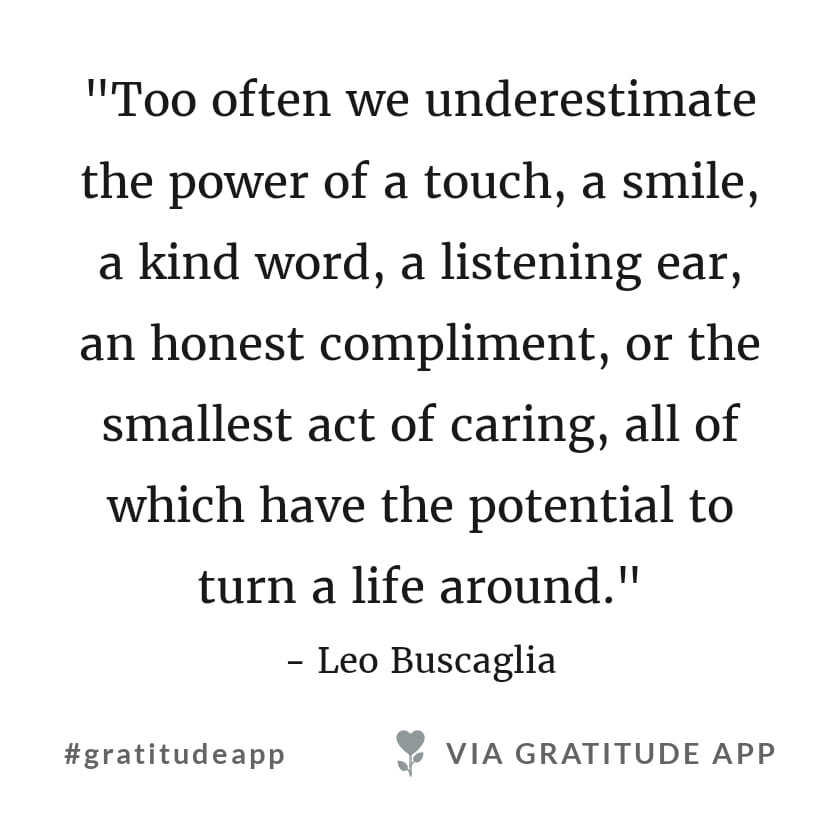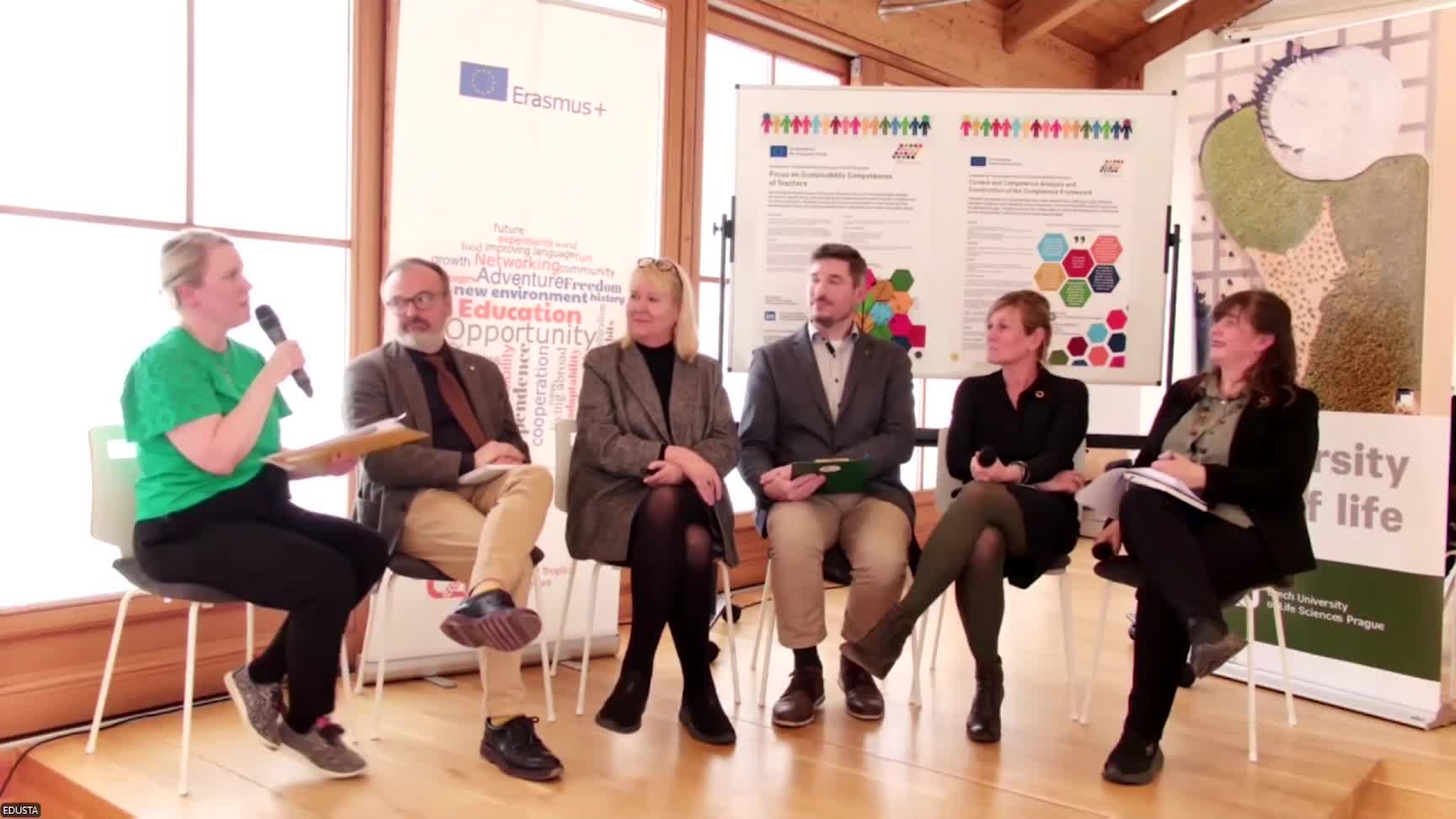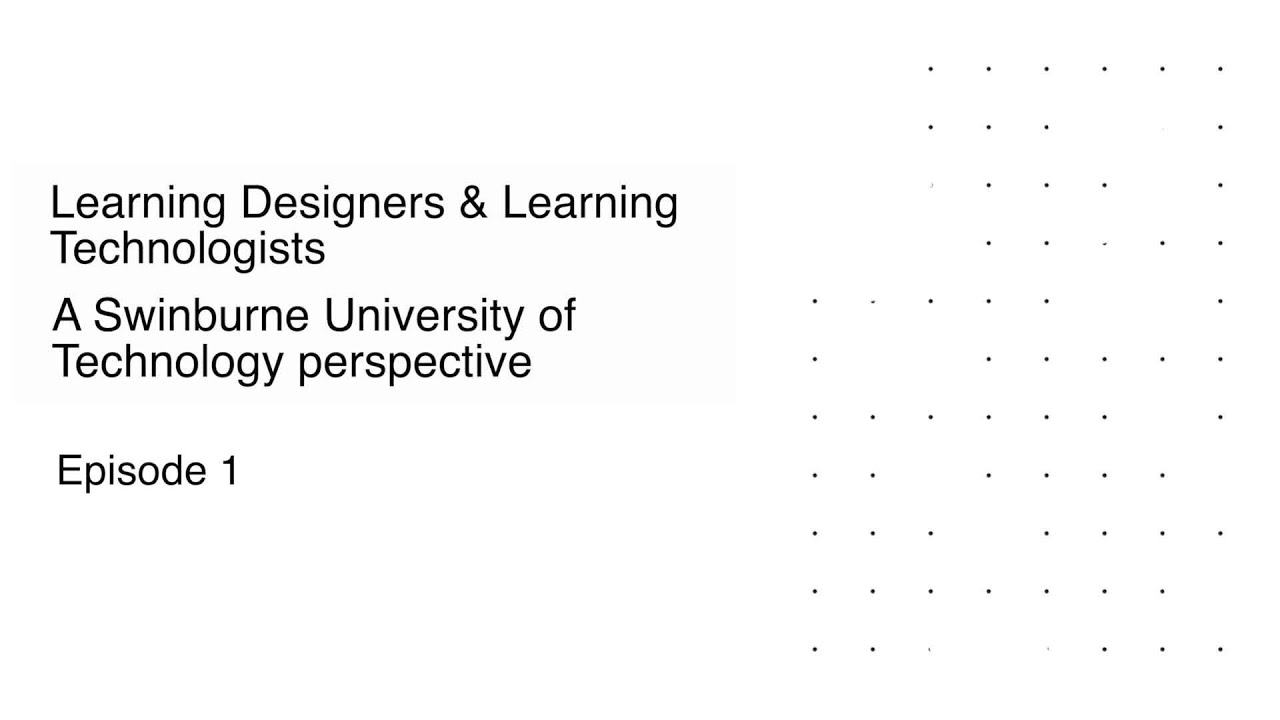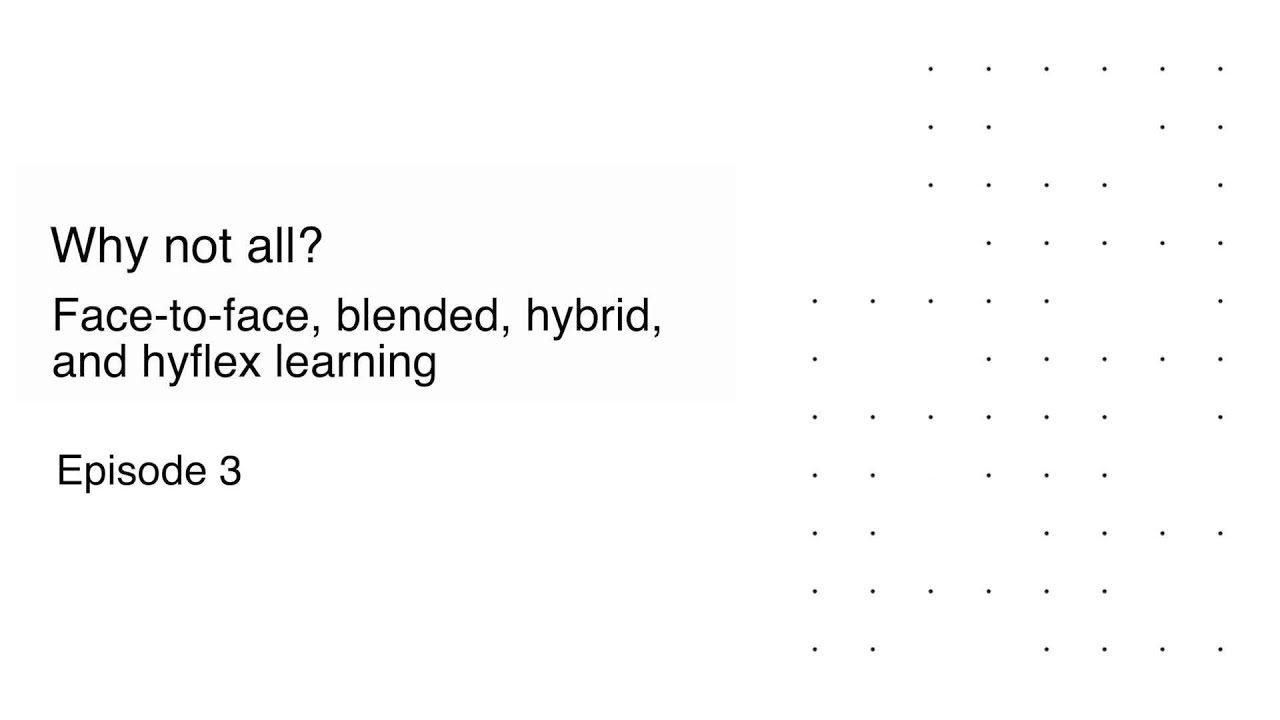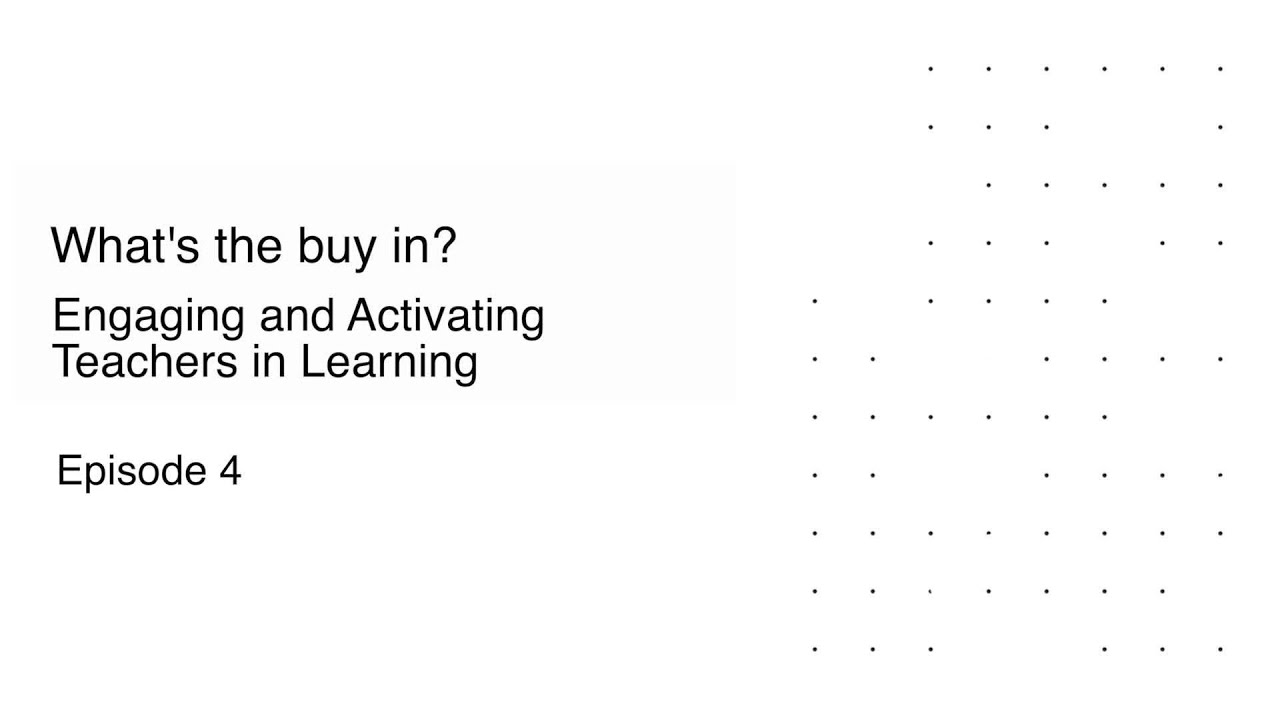Luento relaatiokulttuuriteoriasta Ruotsissa.
Reflections
"What would life be if we had no courage to attempt anything?" Vincent van Gogh
What makes a leader? are you born to be a leader or can you learn to be a leader? What sort of leadership inspires? are there particular styles, characteristics of preferred leaders? And, is there a difference between men's and women's leadership?
Of course, to even try to answer any of the above questions with a definite correct answer is NOT POSSIBLE. So, a good start might be figuring out an acceptable definition.
Leadership
Leadership is defined as "...the ability of an individual to influence, motivate, and enable others to contribute toward the effectiveness and success of the organizations of which they are members" (Northouse et al, 2004, p. 15).
This definition is broad, allowing for leaders to emerge in various contexts. However, it does not specify the type of leadership style employed by individuals. For example,
- Transformational Leadership: Leaders inspire and motivate followers by fostering innovation, creativity, and a shared vision. They encourage personal growth and development among their team members. Examples include Steve Jobs and Mahatma Gandhi.
- Transactional Leadership: Leaders focus on exchanges between leaders and followers, emphasizing rewards for good performance and corrective actions for poor performance. They rely on clear structures and goals. Examples include Jack Welch and Vince Lombardi.
- Servant Leadership: Leaders prioritize the well-being and development of their team members. They focus on serving others rather than being served and aim to empower individuals to reach their full potential. Examples include Mother Teresa and Nelson Mandela.
- Democratic Leadership: Leaders involve team members in decision-making processes, valuing their input and collaboration. They encourage open communication and seek consensus when making decisions. Examples include Abraham Lincoln and Angela Merkel.
- Autocratic Leadership: Leaders make decisions independently with little or no input from others. They have full control over their team and expect obedience and compliance. Examples include Henry Ford and Joseph Stalin.
- Laissez-Faire Leadership: Leaders provide minimal guidance and intervention, allowing team members to have maximum freedom in decision-making and problem-solving. They trust their team members to take initiative and manage their own tasks. Examples include Google's early founders, Larry Page and Sergey Brin.
These are just a few examples, and leaders may exhibit a combination of these styles depending on the situation and context.

Women's Leadership
Women's leadership refers to the practice and expression of leadership qualities and capabilities by individuals who identify as women. It encompasses the unique perspectives, experiences, and approaches that women bring to leadership roles and positions of influence. Women's leadership involves empowering and advocating for women's voices, contributions, and advancement in various domains, including business, politics, academia, and community organizations. It often emphasizes collaboration, inclusivity, empathy, and the promotion of diversity and gender equality. Women's leadership is not limited to specific leadership styles but encompasses a diverse range of approaches that reflect the strengths, skills, and values of women leaders.
Women have traditionally faced barriers to leadership positions, but in recent years, there has been a push to increase the number of women in leadership roles and to recognize and value the contributions of women leaders.
There are many organizations, initiatives, and resources dedicated to supporting and promoting women's leadership, including training and development programs, networking events, and mentorship opportunities.
Inspirational Leader
An inspirational leader is someone who understands the importance of empowerment and motivation of their employees to support them in achieving organizational goals and making a positive impact on the organizational culture. These leaders are able to communicate a persuasive vision and create a sense of purpose that unites employees. They also demonstrate passion, enthusiasm, and commitment, which can be contagious to those around them.
Inspirational leaders are caring, they are able to connect with others on an emotional level and create a positive and supportive work culture. They recognize and value the unique strengths and contributions of team members and create opportunities for them to grow and develop. They also empower team members to take ownership of their work and make decisions, which increases motivation and engagement.
Inspirational leaders lead by example and demonstrate the behaviors and values they expect from their team. They are willing to take risks, accept consequences, and embrace change, and they encourage others to do the same. Overall, an inspirational leader is someone who is able to inspire and motivate others to achieve their full potential and make a positive impact.
A Kind Leader
A leader who is Kind is both generous and caring. They care for the self and others, this sort of leader can be related to servant leadership. It is really about being friendly, generous, and considerate, without expecting anything in return. And, no, it is not about being weak, or a pushover, and it is absolutely not about ego.
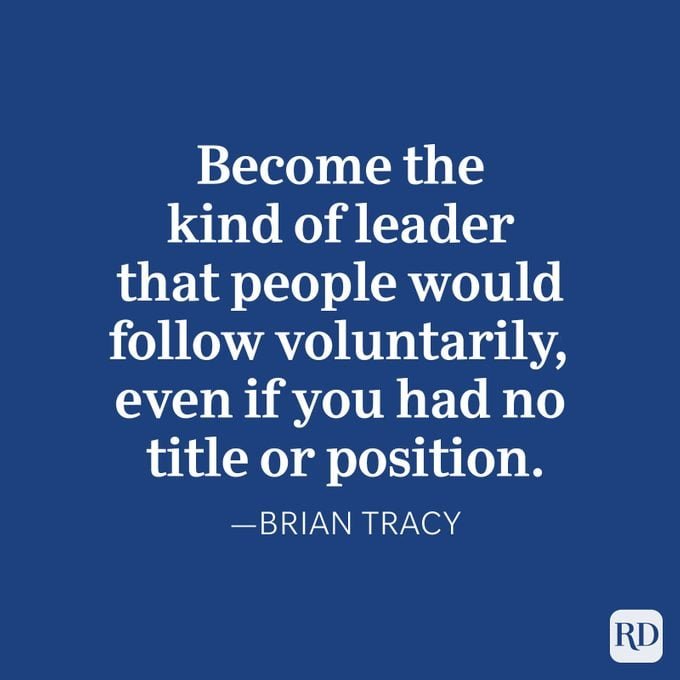
“My wish for you is that you continue. Continue to be who and how you are, to astonish a mean world with your acts of kindness. Continue to allow humor to lighten the burden of your tender heart.” —Maya Angelou.
“I think probably kindness is my number one attribute in a human being. I’ll put it before any of the things like courage or bravery or generosity or anything else.” —Roald Dahl.
An important reminder.


https://www.tuni.fi/fi/ajankohtaista/kestavyysteemainen-osaamismerkkipilotti-kaynnistyi-tredun-opettajat-testaavat-edusta EduSTA Project on loistava kansainvälinen yhteistyö kestävän tulevaisuuden kouluttajia tukemaan.
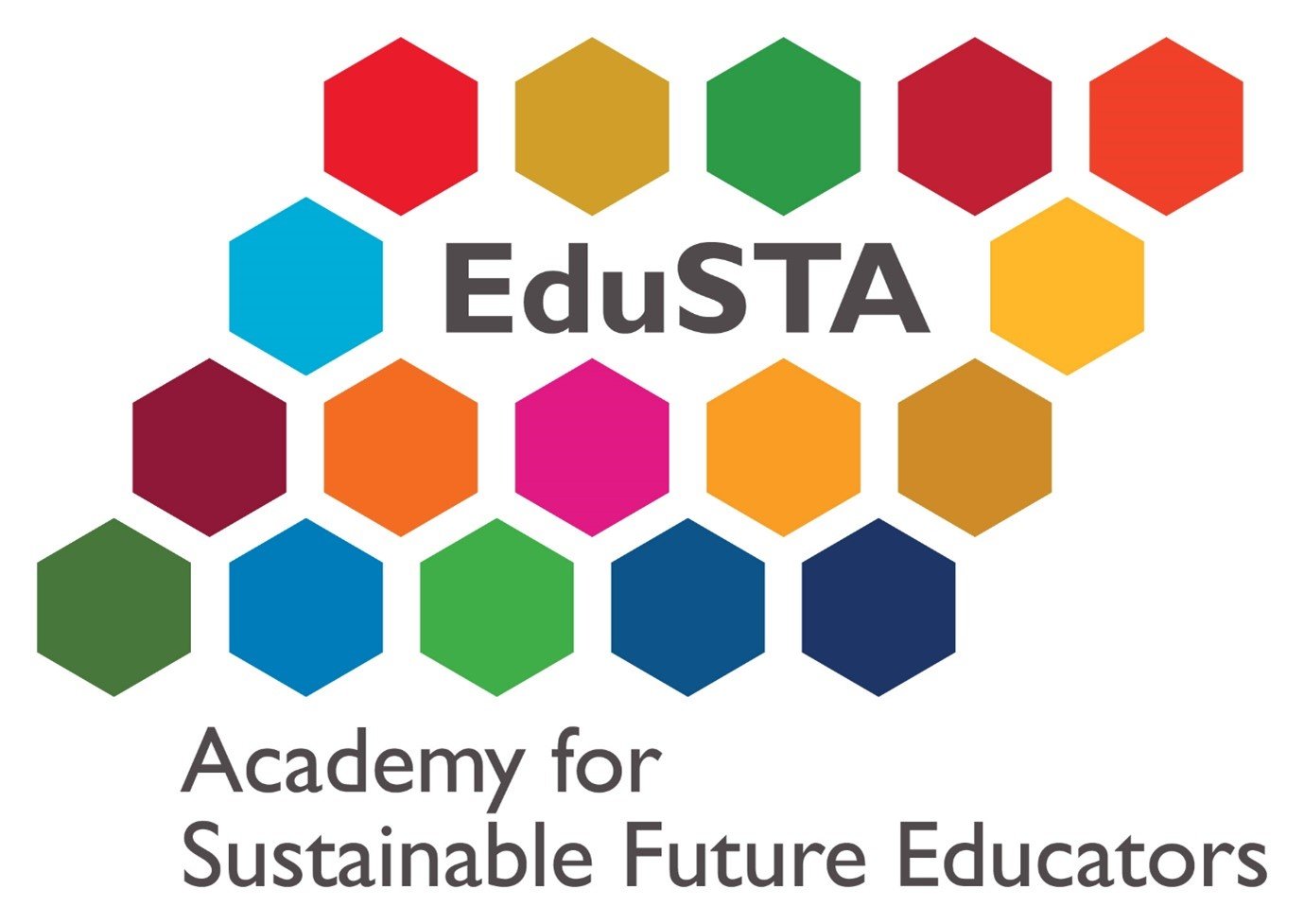
Project EduSTA focuses on re- and upskilling VET teachers and Teacher Educators and building a community: “Academy of Educators for Sustainable Future”.
I am so excited to be representing the University of Gothenburg as Project Manager for an International Project titled Educators for a Sustainable Future or EduSTA.
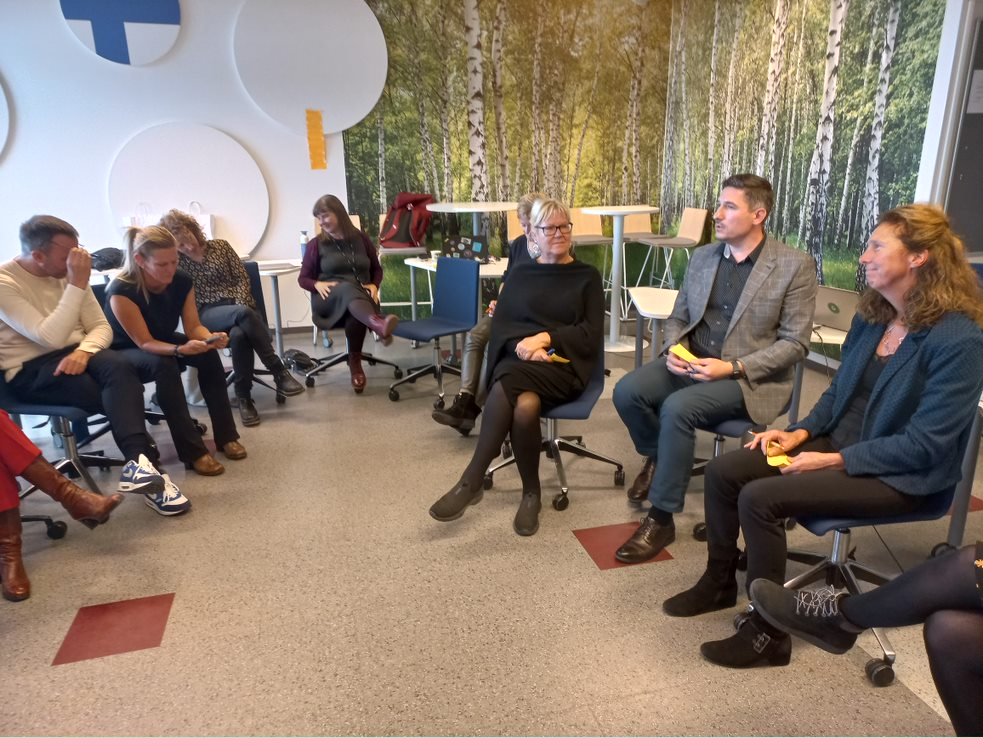
The project brings together five teacher education institutions around Europe (Finland, the Netherlands, Spain, Sweden, and the Czech Republic) to develop a close network with a strong commitment to educating teachers who are willing, able, and competent to transform educational practices and policy to meet the sustainability challenges and ready to combine innovative approaches to use digitalization in teaching and learning.
Teachers’ capabilities to act as active change-makers in the ecological transition and to educate citizens and the workforce to meet future challenges is key to a profound transformation in the green transition. Teachers’ sustainability competencies have been researched widely but a gap remains between research and the actual work of teachers. There is a need to operationalize sustainability competencies: to describe the direct links with everyday tasks such as curriculum development, pedagogical design, and assessment. Thus, the aim of the project is to respond to the urgent need for a sustainably competent workforce focusing on re-and upskilling VET teachers. Together with our colleagues from Higher Education Institutions in Finland, Holland, Spain, and the Czech Republic, the purpose is to collaboratively create open digital badge-driven learning pathways on teachers’ sustainability competencies supported with multimodal learning modules.
The Institutions involved in the project are,
- Tampere University of Applied Sciences (TAMK), Finland,
- Hanzehogeschool Groningen (Hanze), Holland,
- University of Girona (UdG), Spain
- The Czech University of Life Sciences Prague (CZU), Czechoslovakia
- Department of Education and Special Education, Faculty of Education, Göteborgs Universitet, Sverige (below pic)
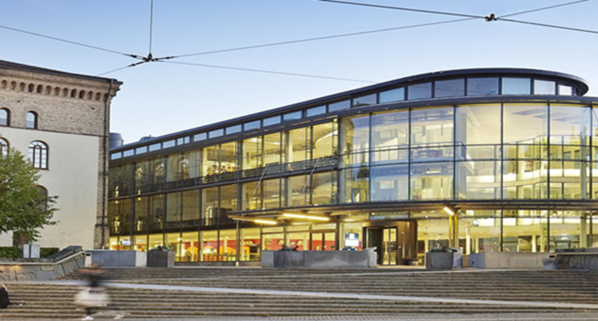
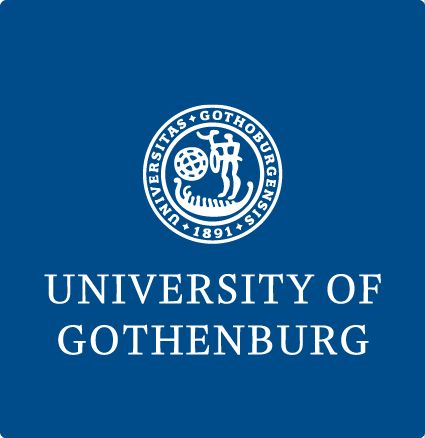
The below is a book free to download and developed for Work package 3 for the EduSTA Project.
To access the EduSTA Swedish website copy and paste following link to your url, https://www.gu.se/pedagogik-specialpedagogik/academy-for-sustainable-future-educators-edusta-project
EduSTA Meet, Groningen, The Netherlands, Nov 2023
Example Text

ATEE and EduSTA webinar 3 Sept at 15.30 CET
Hi TG-EduSTA team! The program for our September webinar is now ready. You can find the event news (and the registration link) both at our website and in LinkedIn. Please spread the word, thanks! Welcome to join us in EduSTA and ATEE Webinar 3 September 2024 at 15.30–17.30 CET | Academy for Sustainable Future Educators (EduSTA) | Tampere Universities (tuni.fi)
Final EduSTA seminar in Prague: Digital Open Badges Enabling Sustainable Future Educators to Become Change Makers 31 MARCH - 4 APRIL 2025
The final meet included representatives from the European Commission and the partners from the 5 countries Higher Education Institutions. The Institute of Education and Communication Prague, Czech Republic, Tampere University of Applied Sciences, Finland, University of Gothenburg, Sweden, the Catalan University of Girona, Spain and Hanze Groningen, Netherlands as well as AERES Wageningen.
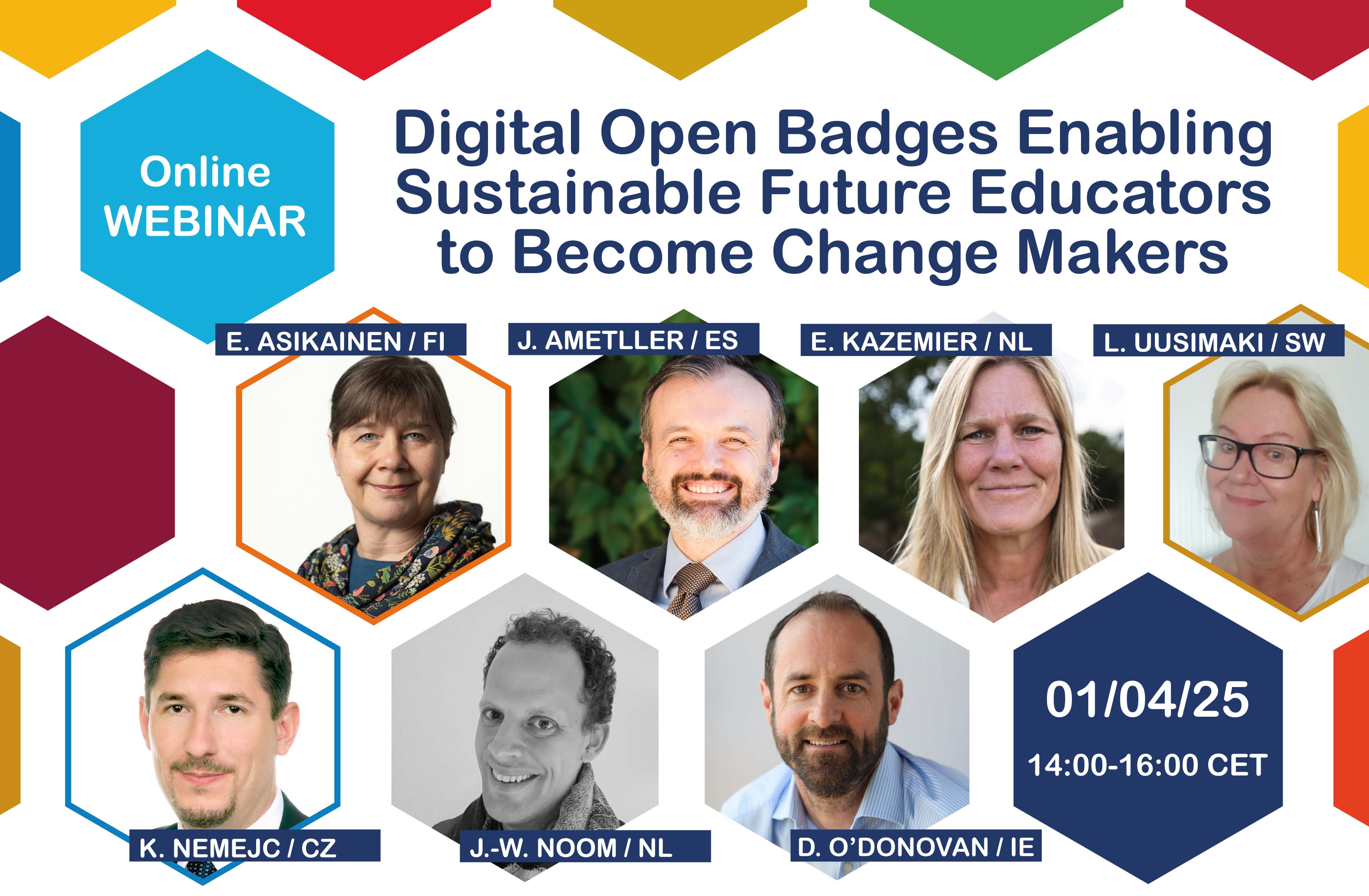
A key highlight of the event was the international webinar held on 1 April, focusing on "Digital Open Badges: Enabling Sustainable Future Educators to Become Change Makers." The webinar centered on sharing experiences from pilot initiatives across partner countries, with an emphasis on teacher development for sustainability.
In the afternoon session, panelists reflected on the project’s key learnings, challenges encountered, and the most significant outcomes. They also offered valuable insights into how these results can be implemented within each participating Higher Education Institution moving forward.
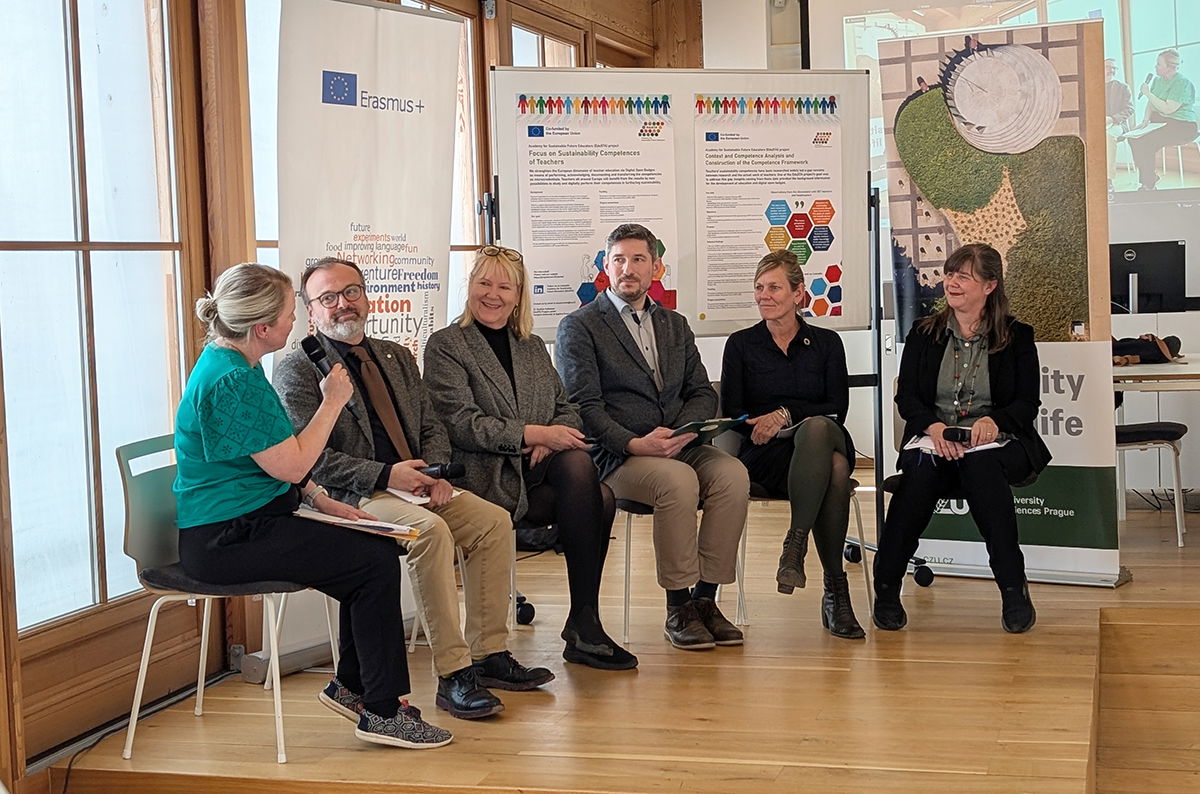
Throughout the discussions, short videos showcasing the Czech, Catalan, and Swedish pilot projects in initial teacher education were shared with webinar participants. In addition, videos from Hanze and TAMK highlighted pilots conducted within professional development programmes.
The project’s external evaluators, Dermot O’Donovan and Jan-Willem Noom, contributed their reflections as critical friends, offering independent perspectives on the project’s progress and impact.
The webinar community—comprising 136 participants including teachers, researchers, policymakers, and project managers from both EU and non-EU countries—also received messages from several distinguished guests. These included Policy Officer Cécile Le Clercq, responsible for Erasmus Teacher Academies at the European Commission’s Directorate-General for Education, Youth, Sport and Culture (DG EAC); Monika Hoang, Policy and Project Manager at the European Federation of Education Employers (EFEE); Mariagrazia Tagliabue, Head of Office at the project’s associate partner, the Association for Teacher Education in Europe (ATEE); and Sophia Queckenberg, Policy Assistant from the Green Education Team within the Schools and Multilingualism Unit at DG EAC, who delivered the closing remarks.
THE SWEDISH WEBINAR PRESENTATION
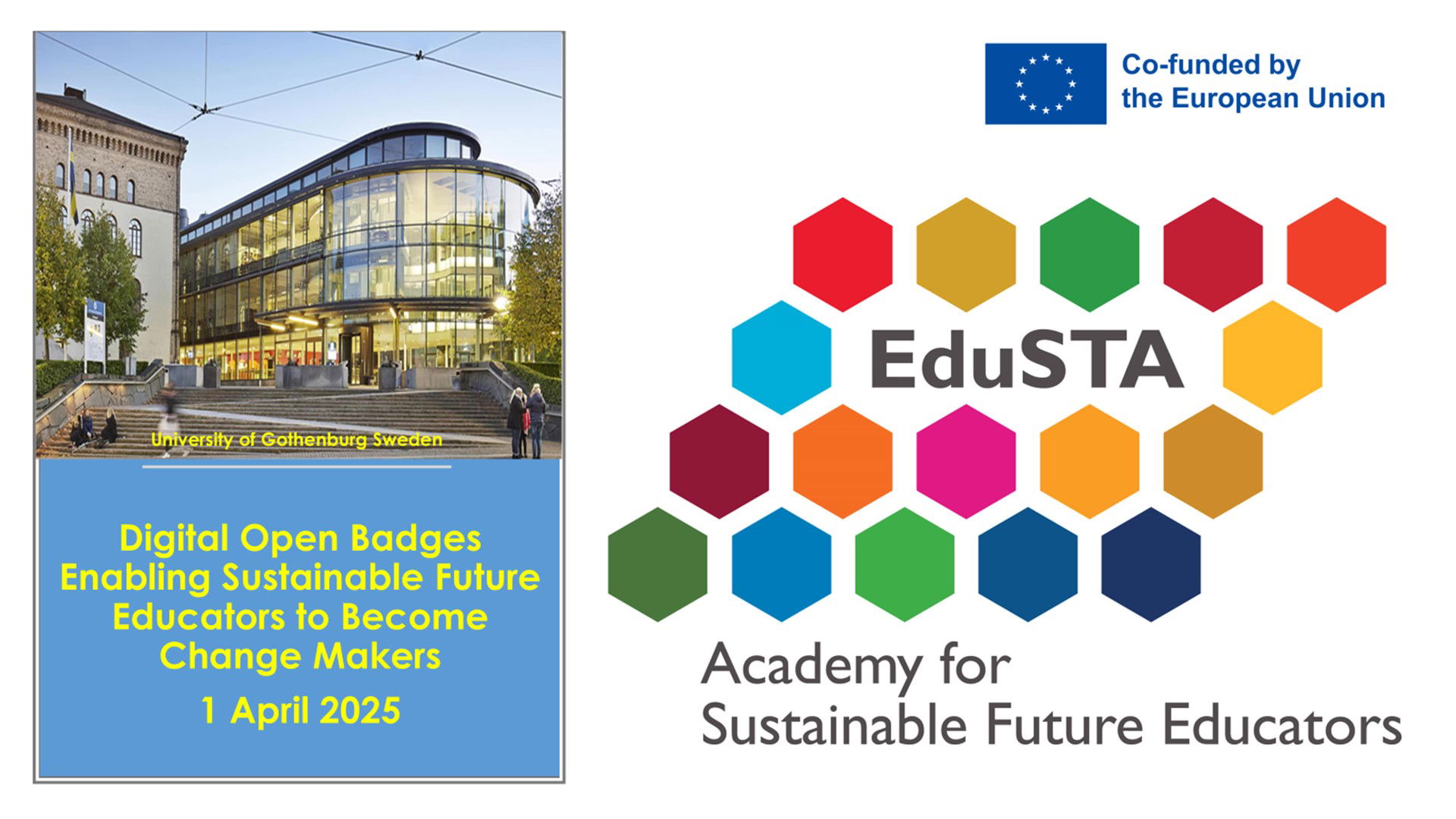
TACK / THANK YOU
WE FROM THE SWEDISH TEAM WISH EACH OF OUR PARTNERS THE VERY BEST
PÅ ÅTERSEENDE / WE WILL MEET AGAIN
Liisa Uusimaki (Project Lead)❤
Swedish Partner Experience Reflections 2025 - Sustainable Education For ALL
Liisa Uusimaki & Monica Reichenberg University of Gothenburg, Sweden
University of Gothenburg, Sweden & Vocational Education & Training (VET)
University of Gothenburg (2023) is internationally recognized for its work on sustainability in education and research that is a crucial aspect of the university's mission. To ensure courses and programs educate for sustainability the university has a system for labelling courses and programs since 2006 as sustainable. (Uusimaki, 2025)
The labelling of courses is based on criteria reflecting the multidimensional concept of sustainable development. Today 20% of courses and 25% of programs are labelled sustainable, and the goal is to further develop and strengthen sustainability efforts while increasing the university’s relevance as a societal actor and collaborative partner, thereby contributing to Agenda 2030 and the global goals for sustainable development, encompassing economic, social, and ecological dimensions (Uusimaki, 2025).
Selecting the course Development Work and Action Research for Vocational Teachers for the EduSTA pilots was a logical choice, as its content and structure perfectly matched the criteria for the micro-credential Knowledgeable Problem Articulator (Kunnig Problemformulerare). This micro-credential was also which the Swedish team had contributed to developing. As previously mentioned, the course is sustainably certified by the University of Gothenburg, making it an ideal fit for the EduSTA pilots.
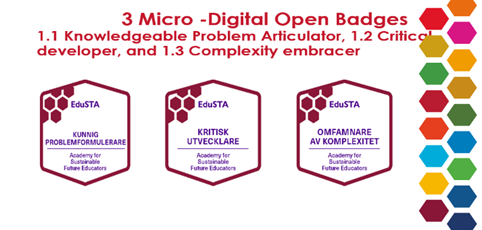
The course content covers various aspects of school development, with a strong emphasis on sustainable development, both as a concept and as a didactic element within vocational education. Alongside mandatory readings, the VET student teachers conducted interviews with school Principals about systematic quality work, which serves as the foundation for their reflections on quality in vocational education.
Despite the low number of 20 badge applications related to only one competence-based digital open badge being integrated into one course instead of allowing VET student teachers to apply for several digital open badges. This decision made the project somewhat vulnerable, with the risk of it being seen as a short-term initiative, quickly checked off and not given lasting value. It was recognized that providing real opportunities to earn digital open badges throughout the university vocational teacher program could greatly benefit future Swedish VET student teachers.
Further reflection on our experiences in the Swedish EduSTA project highlights the critical importance of role models—particularly teachers who possess a deep understanding of how to include all students in sustainability education. Their inclusive practices not only ensure broader participation but also model the very values of equity and engagement that underpin sustainable development.
Students need role models in sustainable education

Swedish activist Greta Thunberg has become a global symbol of the environmental movement, inspiring people of all ages to believe in the possibility of a sustainable future. Scholars have even referred to this phenomenon as “the Greta effect,” highlighting how her activism empowers both the young and the old. But who, in turn, inspired Greta?
As a student, Greta faced challenges related to her autism spectrum diagnosis and at times even stopped attending school. Yet, the turning point in her story came from a classroom experience. During a lesson on the impact of climate change on polar bears, something shifted. This moment—what could be called a critical event—sparked a powerful emotional response in Greta. It became a catalyst, awakening a deep sense of urgency and commitment to act.
From that moment forward, Greta never wavered in her belief in herself or in her capacity to make a difference. She began protesting every Friday outside the Swedish parliament—an act that soon grew into the now-famous "Fridays for Future" movement. Fridays For Future is an international climate movement active in most countries and our website offers information on who we are and what you can do.
What We Can Learn from the Greta Case: Empowering Sustainable and Inclusive Education
The case of Greta Thunberg offers valuable lessons. Despite facing challenges related to her autism spectrum diagnosis, she never doubted her ability to act. This confidence was sparked by a teacher who integrated sustainability into classroom learning—highlighting the profound role educators play in shaping environmental awareness. This underscores a vital message for all teachers, including those in vocational education and training (VET): to encourage all students to develop an “environmental eye” and adopt environmentally responsible behaviours.
But what does it mean to foster an “environmental eye”? Teachers have a responsibility to equip students with the ability to critically read and interpret texts about pollution, toxicity, and unsustainable production. This includes guiding and encouraging students to question environmental narratives and to listen critically to news and public discourse.
Social Sustainability: A Missing Piece in VET?
In higher VET education, sustainability discussions tend to focus primarily on ecological concerns. While this is essential, sustainability rests on three interdependent pillars: ecological, social, and economic. In the Swedish context, we particularly emphasize the intersection between ecological and social sustainability. So, how can both dimensions be promoted within VET?
Social sustainability in VET implies that education should be inclusive and accessible to all students—regardless of their background or ability. Greta’s story serves as a powerful example of this inclusive approach. Her teacher didn’t just provide knowledge about climate change; she created a space where students with disabilities were empowered to see themselves as contributors to sustainability. VET education, with its focus on practical skills, holds unique potential to integrate ecological awareness with occupational competence—effectively blending the practical with the ethical.
Empowering Students Through Inclusive Sustainability
Including students with disabilities in sustainability education is critical. For this to succeed, teacher attitudes play a key role (Uusimaki et al. 2018). Teachers must be persuaded of the value of inclusion and must believe in their own ability to teach sustainability to students with diverse needs. Greta’s teacher exemplified this confidence and commitment. She believed in her capacity to reach all her students—a belief that empowered Greta and, in turn, inspired millions.
Confidence in one’s teaching capability, or self-efficacy, is not innate. According to Bandura (2008) and Seligman et al. (2009), self-efficacy is developed through social learning—via inspiration, persuasion, and successful experience. However, some teachers may lose confidence due to discouraging social or institutional circumstances. That is why it is crucial to cultivate environments that foster optimism, trust, and empowerment—so that teachers feel supported in their mission to include all students in sustainability education (Uusimaki, 2025).
When teachers believe in their own capabilities, they are more likely to encourage similar beliefs in their students (Uusimaki, et al, 2018). This aligns with Giddens (2015)[1], who emphasized the central role of educators in advancing sustainability. Fostering capability involves two key practices: (a) encouraging students’ beliefs in their capability to contribute to a sustainable society and (b) promote the development of these capabilities in creating a sustainable society.
[1] This is in line with Giddens (2015) who argues for urgency for change, regional actions. https://www.theguardian.com/commentisfree/2009/may/23/hay-festival-climate-change?CMP=share_btn_url
Ultimately, students must not only acquire skills—they must also believe in their capacity to make a difference. This belief, their self-efficacy, is the foundation for meaningful participation in climate action and sustainable development (Bandura, 2008).
Concluding reflections
The importance of the EduSTA project has shown how international collaboration, digital innovation, and competence-based learning can reshape education. By empowering educators as leaders in sustainability and making their learning visible, portable, and transferable, EduSTA supports a shift toward a more sustainable, equitable, and interconnected future for education across Europe.
Thing is, here in Sweden, we are not there yet! The use of micro-credentials in Swedish higher education is in its infancy, and important questions remain: How can we ensure quality and consistency in assessment? What infrastructure is required? How do we avoid overwhelming educator while ensuring meaningful recognition for all learners?
Going forward, we suggest two concrete steps:
1. Pilot badge-aligned assessments within existing courses to explore alignment between curriculum goals and badge criteria.
2. Develop professional learning opportunities for educators, focused on assessment literacy and digital credentialing tools.
Acknowledgements:
Sincere thanks to Helena Hellgren for her insightful contributions and invaluable support throughout the EduSTA project.
To Professor Per-Olof Thång, for generously sharing his expertise and deep knowledge of vocational education and training (VET) in Sweden.
And to Professor Monica Reichenberg, for her unwavering support and for consistently reminding us of the essential role that inclusion—particularly of students with disabilities—plays in sustainability education.
References:
Bandura, A. (2008). An agentic perspective on positive psychology. In S. J. Lopez (Ed.), Positive psychology: Exploring the best in people, Vol. 1. Discovering human strengths (pp. 167–196). Praeger Publishers/Greenwood Publishing Group
Haley, A., & Uusimaki, L. (2024). The Purpose of Internationalization – Future Teachers’ Perspectives. Journal of Education for Teaching. Taylor & Francis.
Giddens, A. (2015). The politics of climate change. Policy & Politics, 43(2), 155-162.
Seligman, M. E., Ernst, R. M., Gillham, J., Reivich, K., & Linkins, M. (2009). Positive Education: Positive psychology and classroom interventions. Oxford Review of Education, 35(3), 293–311
Uusimaki, L. (2025 in print). Piloting Competence-Based Digital Open Badges EduSTA project - Sweden. (Editor Wendy Goff) Immersive Learning in Teacher Education: Simulated Environments, Tools, and Practices - IGI Global. Open Access Book (Free Access) - Encyclopedia of Information Science and Technology, Sixth Edition (ISBN: 9781668473665)
Uusimaki, L., & Gustavsson, S. (2023). VET Education for Sustainable Development Sweden. In Ametller, J., Asikainen, E., Gual Oliva., M & Němejc, K. (Eds.) Teacher Training for Education for Sustainable Development - Developing a shared competence framework. ISBN 978-80-213-3324-6
Uusimaki, L. Garvis, S. & Sharma, U. (2018). Swedish early childhood pre-service teachers’ intensions, attitudes, and concerns for engagement in inclusive classrooms. International Journal of Special Needs Education 22 (2) 1-10
Internationalization refers to the process of designing and developing products, services, or systems that can be easily adapted to different cultures, languages, and regions around the world. For example, think about Volvo, IKEA, and H&M can be found in most if not all countries worldwide similar to McDonald's or Pizza Hut. For these products to become successful internationally involves considering cultural and linguistic differences from the outset of the design process, rather than trying to adapt a product or service for a global market after it has been developed. Each of the mentioned products has been able to fit into any culture.
Internationalization is thus central because it allows businesses, organizations, and individuals to reach a wider audience and tap into global markets. It can also help to ensure that products and services are accessible and usable for people from diverse cultures and backgrounds.
The concept of Globalisation and its relationship to Internationalization needs to be briefly explained.
Globalization and internationalization are related concepts that often overlap, but they are not the same.
Globalization refers to the process by which the world is becoming more interconnected and interdependent, with the exchange of goods, services, information technology, and ideas increasing across national borders. It is driven by advances in transportation, communication, and technology, and has led to the emergence of a global economy and the growth of multinational corporations. The growth of the knowledge economy relates to Universities establishing satellite campuses outside of their countries. Benefitting both themselves but also the cities and countries where they are established.
An essential feature of internationalization in higher education is to foster an international spirit of goodwill to promote respect, and tolerance to ensure a peaceful, just, and sustainable world. Unfortunately, the current war in Ukraine and the growth and threat of nationalistic and protectionist forces across the world are threats to peace and democracy. Their aim is to discontinue and divide rather than support relationship-building among human beings, cultures, institutions, and systems. It is this that makes the role of internationalization and international research collaboration so much more urgent.

Collaboration is the act of working with others to achieve a common goal or objective. It involves communication, cooperation, and coordination between team members, and can be an effective way to solve problems, complete tasks, and achieve success. Collaboration can take many forms, including in-person teamwork, virtual team projects, and partnerships between organizations. It can be challenging to collaborate effectively, especially when working with people from different cultures, backgrounds, or locations. However, with the right strategies and approaches, collaboration can lead to greater creativity, productivity, and success.
There are several key principles to follow when collaborating with people from different cultures:
- Respect cultural differences: It is important to recognize and respect the cultural differences that exist between you and your colleagues. This includes things like communication styles, social norms, and customs.
- Be open-minded: It can be easy to make assumptions about people from different cultures, but it is important to be open-minded and not make judgments based on stereotypes. Instead, try to learn about and understand their perspectives.
- Communicate clearly: Clear and effective communication is essential for successful collaboration. Make sure to use language that is simple and easy to understand, and be sure to listen actively to what others have to say.
- Be patient: Cultural differences can sometimes lead to misunderstandings or miscommunications. It is important to be patient and take the time to address any issues that may arise.
- Seek to understand: When working with people from different cultures, it is important to be curious and seek to understand their perspectives and experiences. This can help to build trust and facilitate collaboration.
- Be flexible: Collaborating across cultures often requires a degree of flexibility. Be prepared to adapt to different ways of doing things and be open to trying new approaches.

Introduction of the Nordic countries journey towards gender equality
Denmark Sweden Norway Finland and Iceland are countries consistently recognized for their gender equality.
With slogans like "promoting gender equality at work is not only the right thing to do but the smart thing to do". Yes, promoting gender equality at work makes sense especially when aligned to taken for granted benefits like,
- subsidised childcare for all,
- shared and paid parental leave,
- flexible work arrangements
- leadership and equal opportunities at work
What needs to be acknowledged is that the Nordic countries collaboration in promoting for gender equality for well over 40 years.
Hence, it is no wonder that the share of women participating in work in the Nordic countries is larger than the global average.
Of course this has not been always the case, and it is actually good to remind oneself of the actual challenges women in the Nordic countries have had to overcome to have gotten this far in comparison to their sisters in other parts of the world.
As with all battles the first battle to overcome for the Nordic women was to be able to vote. Below is the information when each of the Nordic countries granted women the right to vote,
- Finland: Finland was one of the first countries in the world to grant women full suffrage. Women in Finland gained the right to vote and run for parliament in 1906, making Finland the first European country to grant women full political rights.
- Denmark: Women in Denmark gained the right to vote and run for office in municipal elections in 1908. Full suffrage was granted in 1915.
- Iceland: Women in Iceland gained the right to vote in parliamentary elections in 1915. However, it wasn't until 1980 that Iceland elected its first female president, Vigdís Finnbogadóttir, making her the world's first democratically elected female head of state.
- Norway: Norwegian women won the right to vote in 1913, but it wasn't until 1918 that they were allowed to stand for election to the Norwegian Parliament (Storting).
- Sweden: Women in Sweden gained the right to vote in municipal elections in 1862. Full suffrage was granted in 1919.
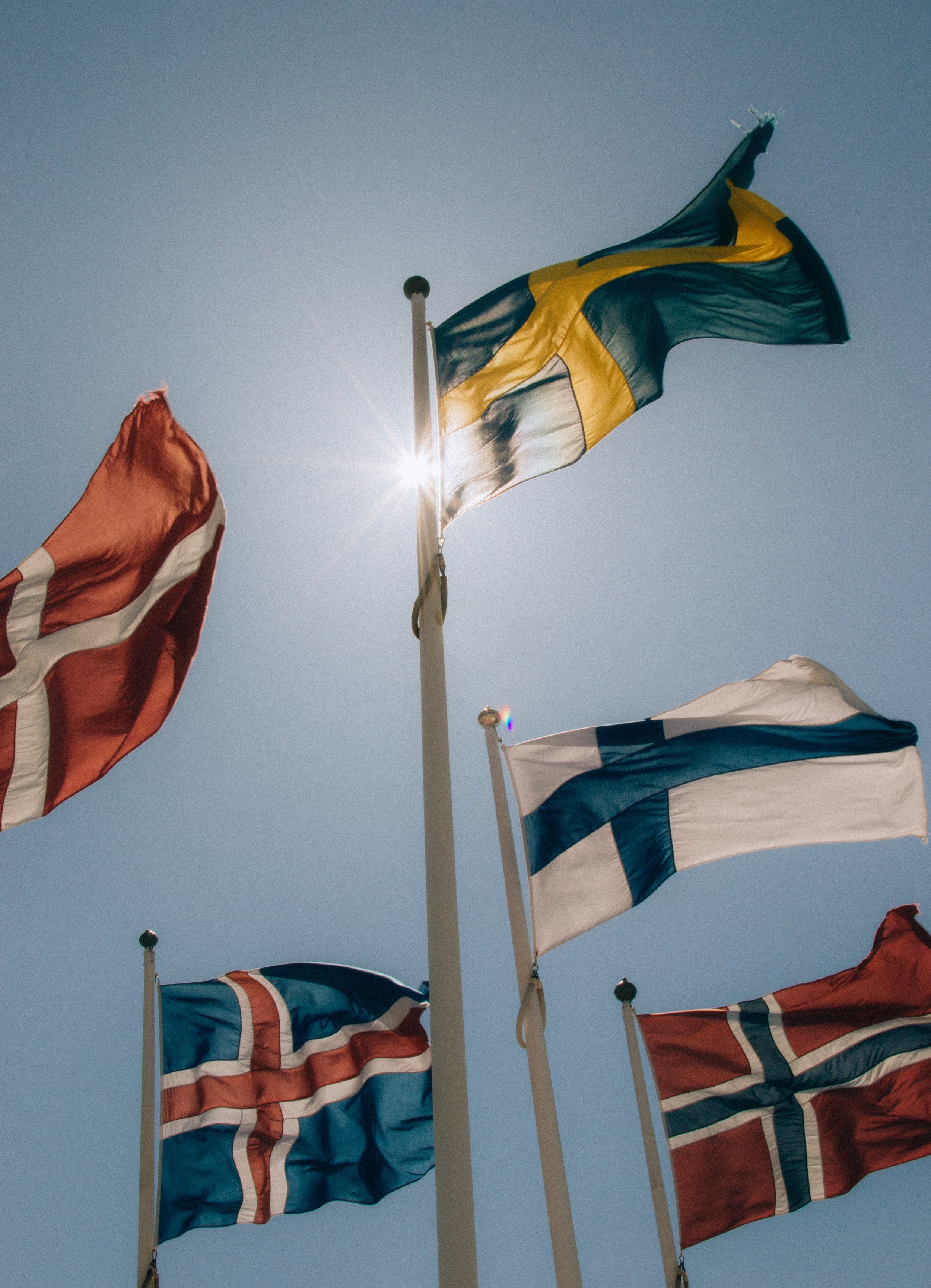
Begin granted the vote paved the way to several reforms,
1920s was the era that empowered women's financial independence and laws removed men's guardianship over their wives and allowed women full rights to own property. Unfortunately, as women got married they found themselves not allowed to work since the belief was that this would push men out of the labour market.
1939 Sweden became the first country in Europe to forbid married or engaged women to be fired.
There was however a problem with the joint taxation of spouses which meant that spouses’ incomes were combined and taxes calculated on the basis of the total household income. The taxes were often so high it hardly made sense for the wife to work. In addition, if both spouses worked, they often had to pay for childcare and a domestic worker to take care of the housework.
1971 in Sweden and Denmark with the introduction of individual taxation, changed the problem of joint taxation and created a stronger financial incentive for married women to join the labour force, effectively ending the housewife era.
1960-1970s to meet the severe labour shortages in Sweden, Denmark, Norway and Iceland unmarried or married women were welcomed into the labour force. In Finland women were already working full-time due to the aftermath of World War II
1960-1970s Childcare
1964 Denmark was the first country to legislate for childcare, followed by Finland, Iceland and Sweden in 1973 and Norway in 1975.
1960s social movement was toward social justice, equality and rights. And a big part of this was an ambitious family policy. Nordic family policy has aimed to actively facilitate behaviour change, with an expressed goal of gender equality through increasing women’s participation in the labour market, as well as facilitating an increase in men’s involvement in the care of their children. In short, Nordic family policy has encouraged a sharing of house hold and child-rearing responsibilities between parents, implying a transition away from the traditional pattern where women are expected to carry out these tasks alone. Efforts to change the traditional and stereotypical gender roles at work and at home, as well as changing people’s views of what is masculine and what is feminine, have been an important part of this work.
FEMALE PRIME MINISTERS NORDIC COUNTRIES
Prime Minister of DENMARK - Mette Frederiksen 2019 -
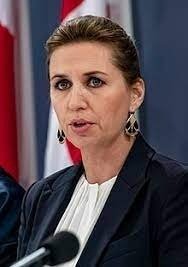
Prime Minister of FINLAND - Sanna Mirella Marin 2019-2023
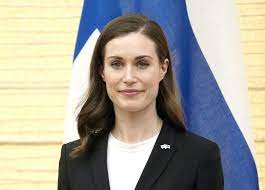
Prime Minister of Iceland - Katrín Jakobsdóttir 2017 -
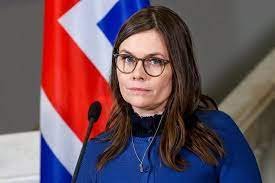
Prime Minister of NORWAY - Erna Solberg 2013-2021
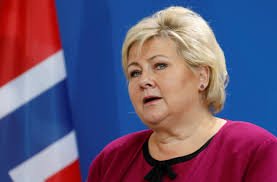
Prime Minister of SWEDEN - Eva Magdalena Andersson 2021-2022
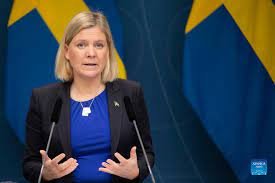
REFERENCE:
The Nordic Gender Effect at Work.
https://www.gu.se/sites/default/files/2020-05/The-nordic-gender-effect-at-work.pdf
Minulla oli etuoikeus tavata ammattimaisia oppimissuunnittelijoita ollessani Melbournessa osana Ruotsista saamaani STINT-apurahaa, minkä tuloksena syntyi alla 4 videojaksoa.
This first episode is about the Learning Transformation unit at Swinburne University, the role, and support of the Learning Designer, the Learning Technologist, and the Media Coordinator, and their support to the academic teaching staff. https://www.youtube.com/c/SwinburneCommons/search?query=Liisa%20Uusimaki
Liisa Uusimäki (Associate Professor, University of Gothenburg, Sweden)
Antoinette Gwasira (Manager, Learning Design, Swinburne)
Tash Hobbs (Learning Designer, Learning Transformations Unit, Swinburne)
David Yammouni (Learning Technologist, Learning Transformations Unit, Swinburne)
In this second episode, we discuss changes in teaching and learning due to COVID-19, the impact of the pandemic on academic staff, and the impact of changes in technology on teaching and learning.
The focus of this third episode is a brief discussion about the pros and cons of face-to-face and online teaching as well as the importance of academic staff themselves experiencing online learning.
In this fourth and final episode, the discussion is about how to support and engage teachers or academics in their teaching and learning, and the important role of faculty leadership. The conversation ends with a discussion about the importance of technological advancement.
